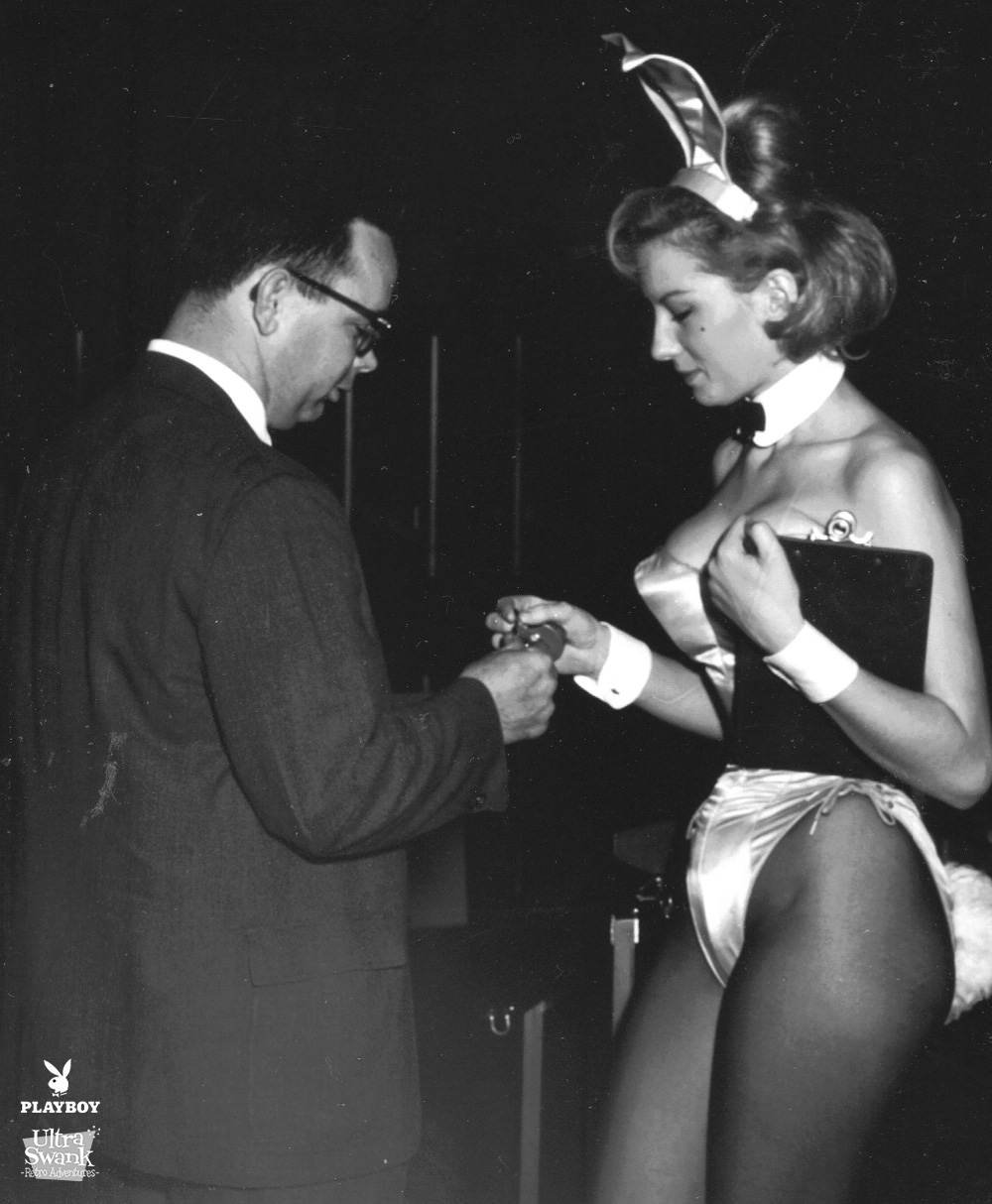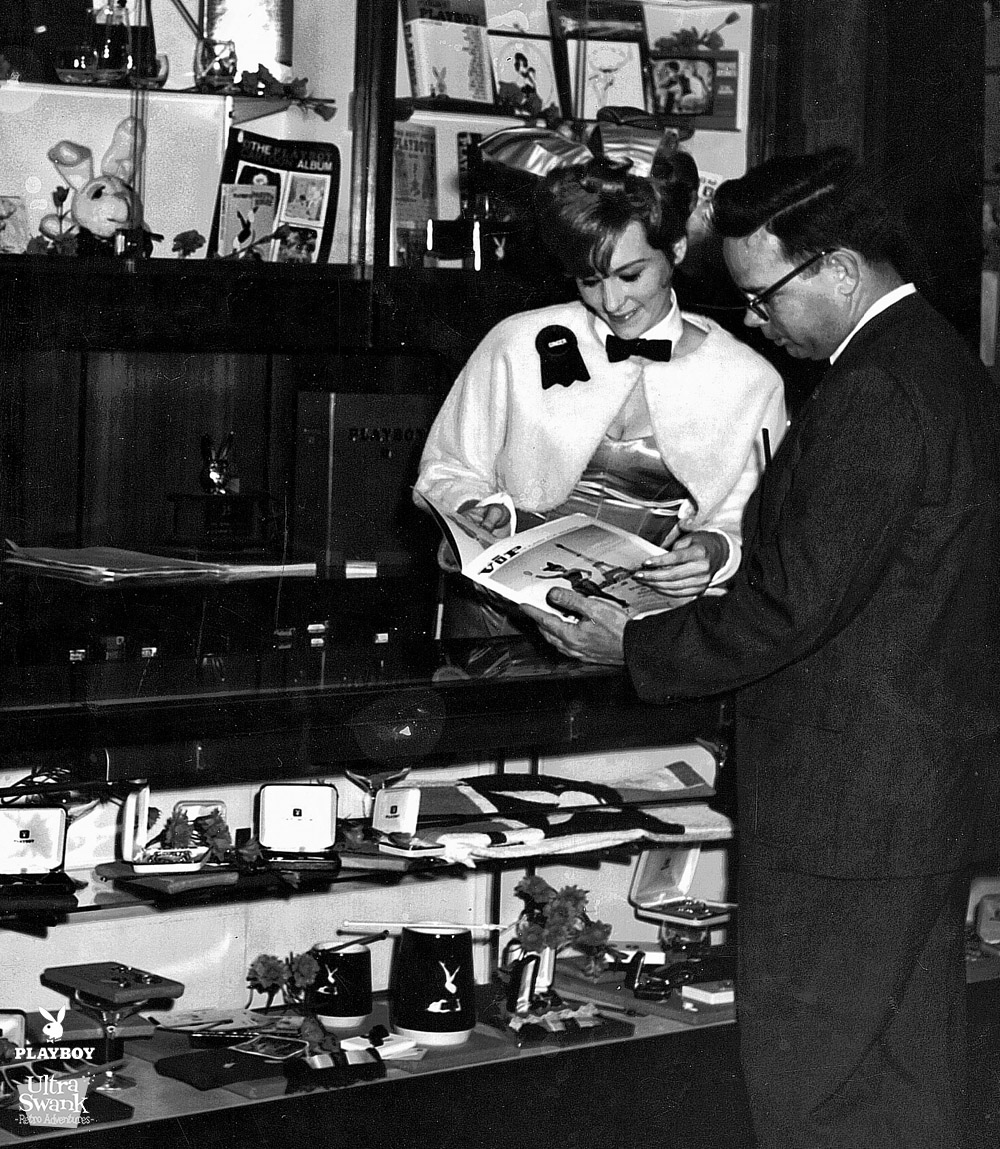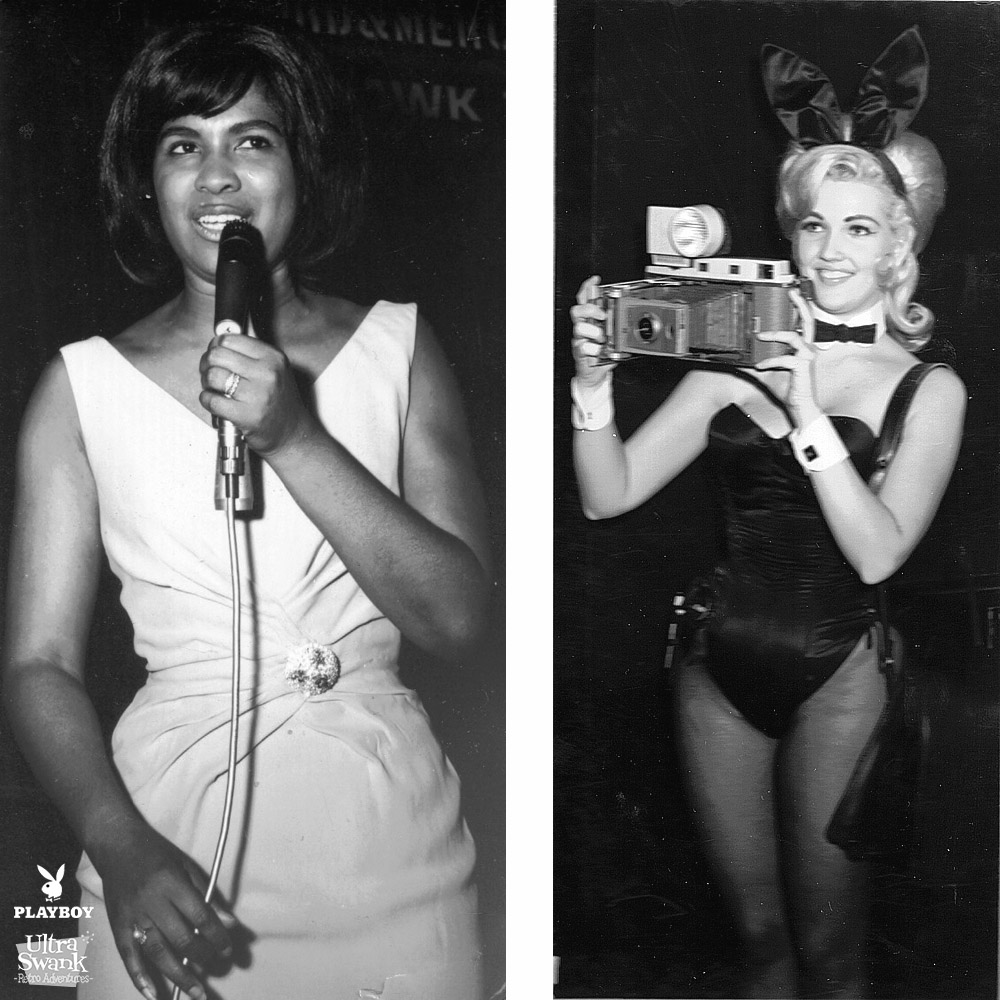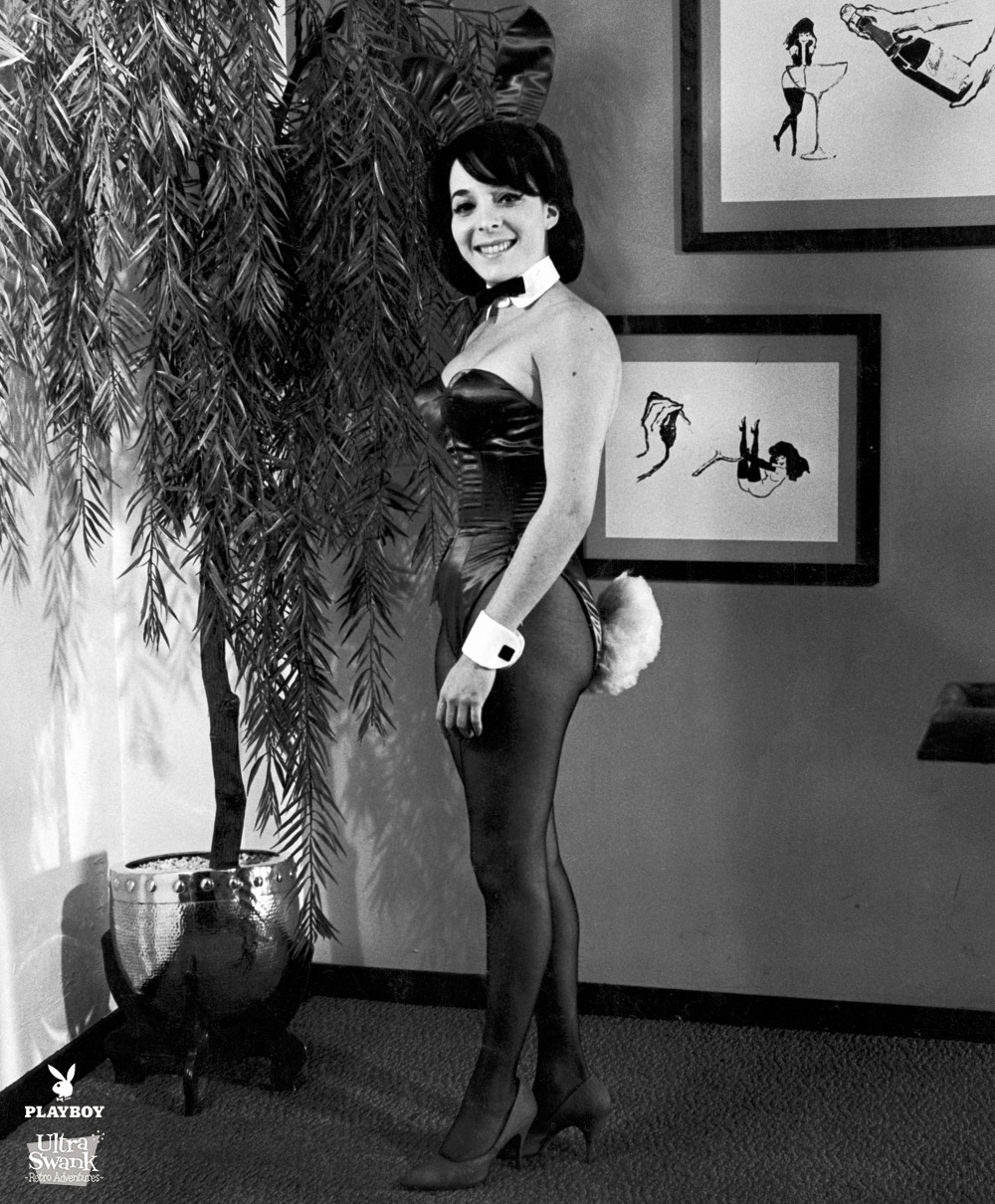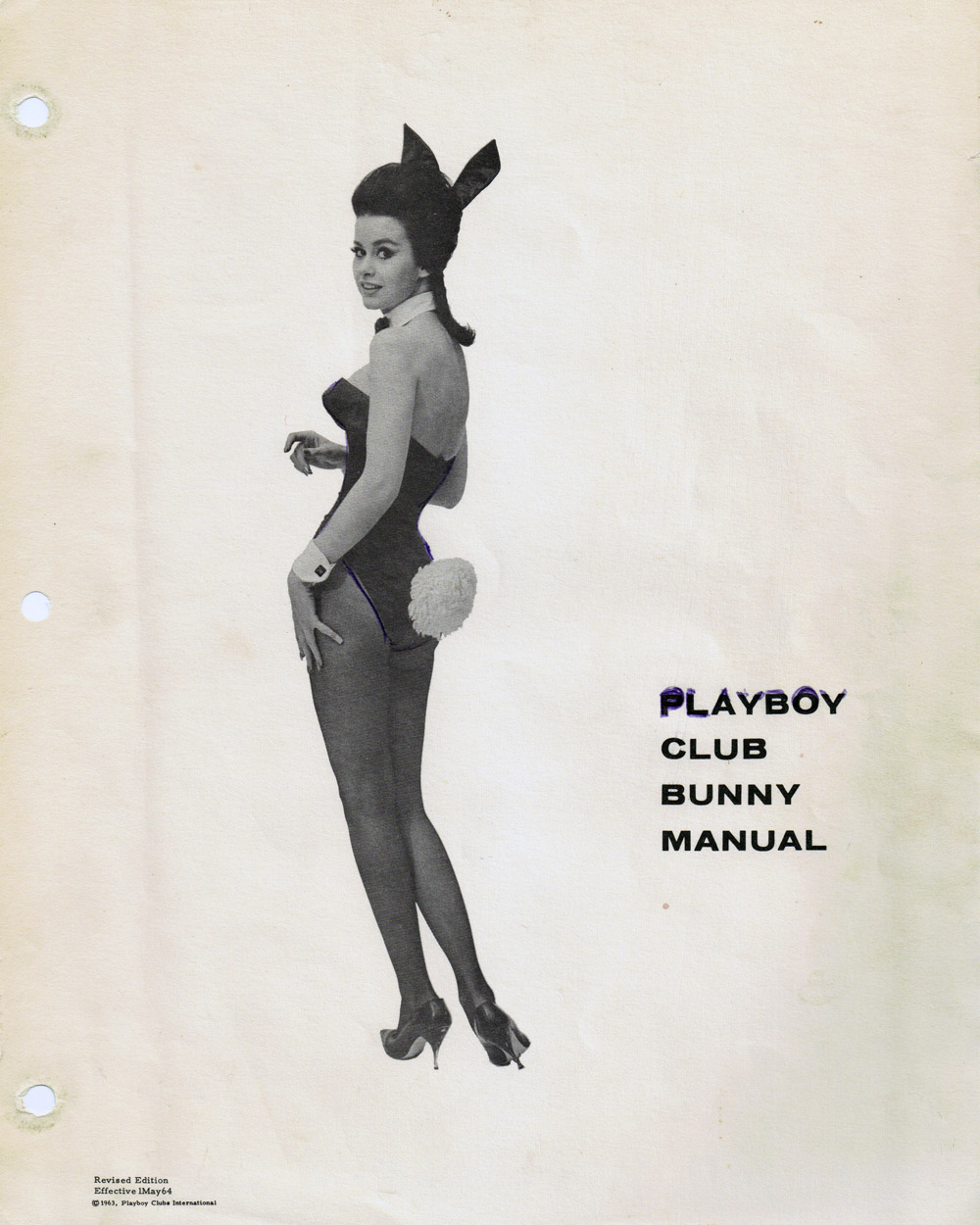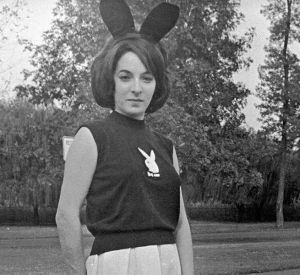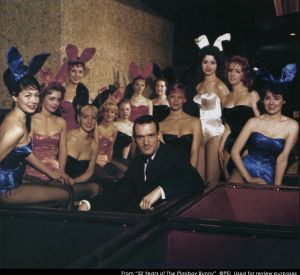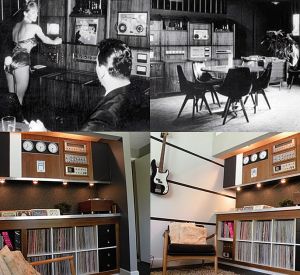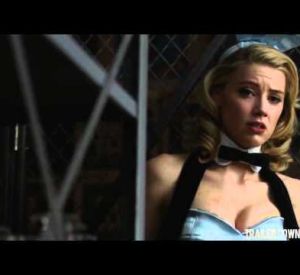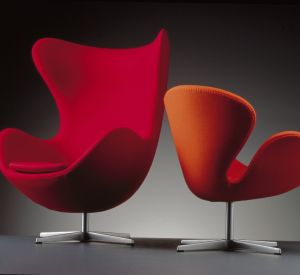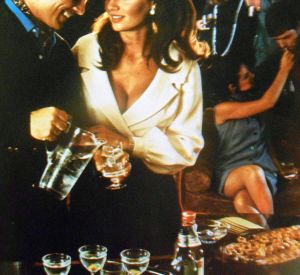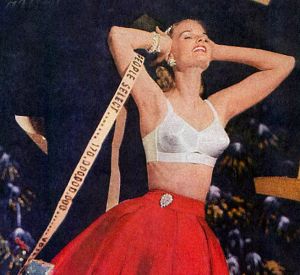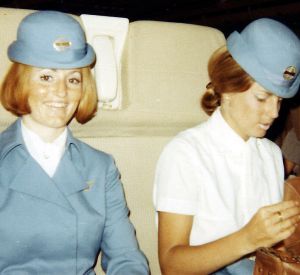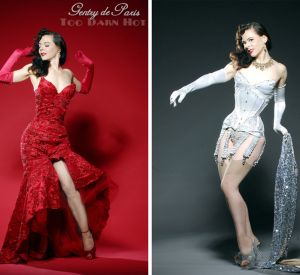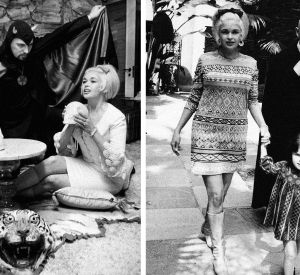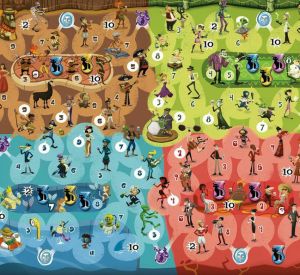Confessions of a Playboy Bunny – Part 1
In the summer of 1964 when Sharon Bernstein Peyton was 18 years old, she saw an ad for the new Baltimore Playboy Club opening. This stylish, sexy and glamorous world was quite different from the life she had been living. Nevertheless, she applied for a job and before she knew it, she was working among the high rollers and go getters as a Playboy Bunny. Ultra Swank sits down to talk to her about glamour, ambitions, sex and the legend in the silk pyjamas.
How did you first hear of the Playboy Club and what made you want to work there as a Playboy Bunny?
I first remember learning about the Playboy Clubs when I was a teenager in high school, about 1962. I had a boyfriend who was in college. When I would spend time with him at his house, I would look at his Playboy Magazines. This is the first time I had seen Playboy Magazine. I remember looking at the pictures of the Bunnies in the Magazine and thinking how alluring and exciting it would be to be one of them.
In my wildest imagination, I never thought I could ever be one of them. Especially in Baltimore, not a very sophisticated or cosmopolitan city compared to Chicago or New York, where they already had clubs operating. Since there was no club in Baltimore, it didn’t seriously occur to me to pursue such a job in another city. Also, I expected to go to college after high school and pursue some kind of profession. Although, I didn’t know exactly what that would be.
About two years later, in the summer of 1964, I finished my first year of college at Maryland Institute of Art in Baltimore, Maryland. I decided that I didn’t want to continue studying art. I didn’t think I had enough artistic talent to be a professional artist. I thought that if I was going to spend the rest of my life in a profession, then I needed to have some obvious talent.
Nor did I want to continue attending college, until I was sure what else I did want to study. I knew that I wasn’t really applying myself to my studies. I was definitely being distracted by my personal life issues. In the meantime, I knew I needed to work at something, a work ethic I gleaned from my parents.I began to look for a job and my boyfriend at the time, John Marshall, saw the classified ad for the Playboy Club in the newspaper. He is the one who encouraged me to apply for the job as a Bunny. If he had not encouraged me to apply for the job, I probably would not have done it. He and I are still friends 47 years later. Playboy was the first stop on that career journey, and it changed everything that followed.
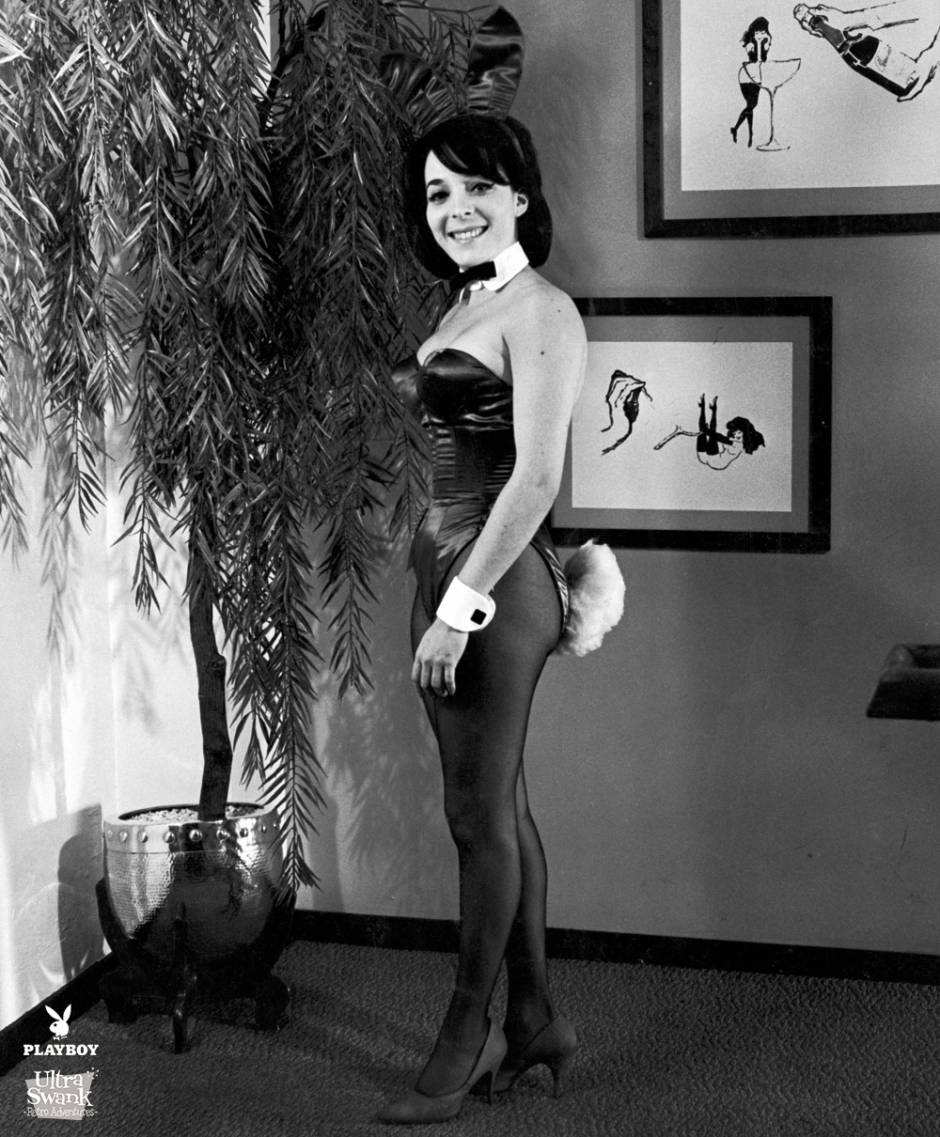 Above: Bunny Sharon – Official Playboy Picture —
Above: Bunny Sharon – Official Playboy Picture —
When starting your new job, did you have to go through any training, formal or informal and what did you learn from it?
I participated in four weeks of very intense formal training. Serving drinks and food at the Playboy Club was serious business. Since the Baltimore Club was brand new when I went to work there, the new Baltimore Bunnies were all given four weeks of daily, full-time training to thoroughly learn each and every important detail. After the club was open, the training was reduced to the usual two weeks, and was conducted more informally, on an individual basis by Training Bunnies.
The training program consisted of reading and memorizing the material in the official Playboy Club Bunny Manual, which I still have. Then we were given experiential practice on how to deliver the food and beverages to the customers. Bunnies were required to memorize the names of all the different brand name liquor that was stocked in the bars at the Club, such as Cutty Sark Scotch or Tanqueray Gin.
In order to facilitate the process of getting drink orders filled from the service bar, we were also taught a specific procedure for taking customer orders, and giving the drink orders to the bartender at the service bar. This way we could all move more efficiently. The experiential practice also involved learning the very stylized way that we served drinks. Some of you may have heard of this. It was called the “Bunny Dip”. Instead of bending forward across a table to serve food and beverages, as most waitresses would do, we would serve by bending to the side and backward. I believe that they designed this method to reduce the chance of embarrassment caused by bending forward over the table with our low cut costumes.
We also had to learn to carry and balance the very heavy trays while walking up and down stairs, or weaving in between people and tables in the dark, in three inch high- heeled shoes, without dropping them. Only once in my time there do I recall dropping a tray. I understand that some Bunnies were unable to serve drinks because they lacked the physical strength in their arms. Fortunately, I was fairly athletic as a kid so I was strong enough, and I certainly did increase the size of my left bicep in the process of serving drinks.
The finishing touch on our training was learning how to look as beautiful as possible. This included instructions on doing our makeup, hair, nails etc. The hair could be tricky because we had to be able to wear our matching Bunny ears on our heads. I know it sounds really silly now to talk about wearing the ears, but I really didn’t think of it that way back then.
Once our training was complete, we were given a written test to evaluate our proficiency. Apparently I scored well on my test because I was assigned as a Showroom Bunny from the first day the Club opened. When I first started working as a Bunny, I didn’t actually understand the significance of this. It was later that I realized that being a Showroom Bunny was considered a higher status, and was the highest level position for a Bunny in the Baltimore Club.
Operating this room efficiently and profitably required that the Bunnies be more proficient by taking and serving customer orders before the show started. We also had the opportunity to earn more money because we were tipped on the $2.50 per person cover charge. Some clubs such as Chicago and New York had VIP Rooms which was an even higher status, but not Baltimore.
There was one last detail of our training that was much more informal. I don’t think it was written in the Bunny Manual. It was designed to provide a safe environment for club members to live the sexually liberated Playboy lifestyle. Bunnies were instructed never to acknowledge that we recognized a customer from a previous visit unless he acknowledged us first. This was to avoid embarrassment in case the key holder may be a married man who sometimes brings his wife to the club, or sometimes brings another woman to the club.
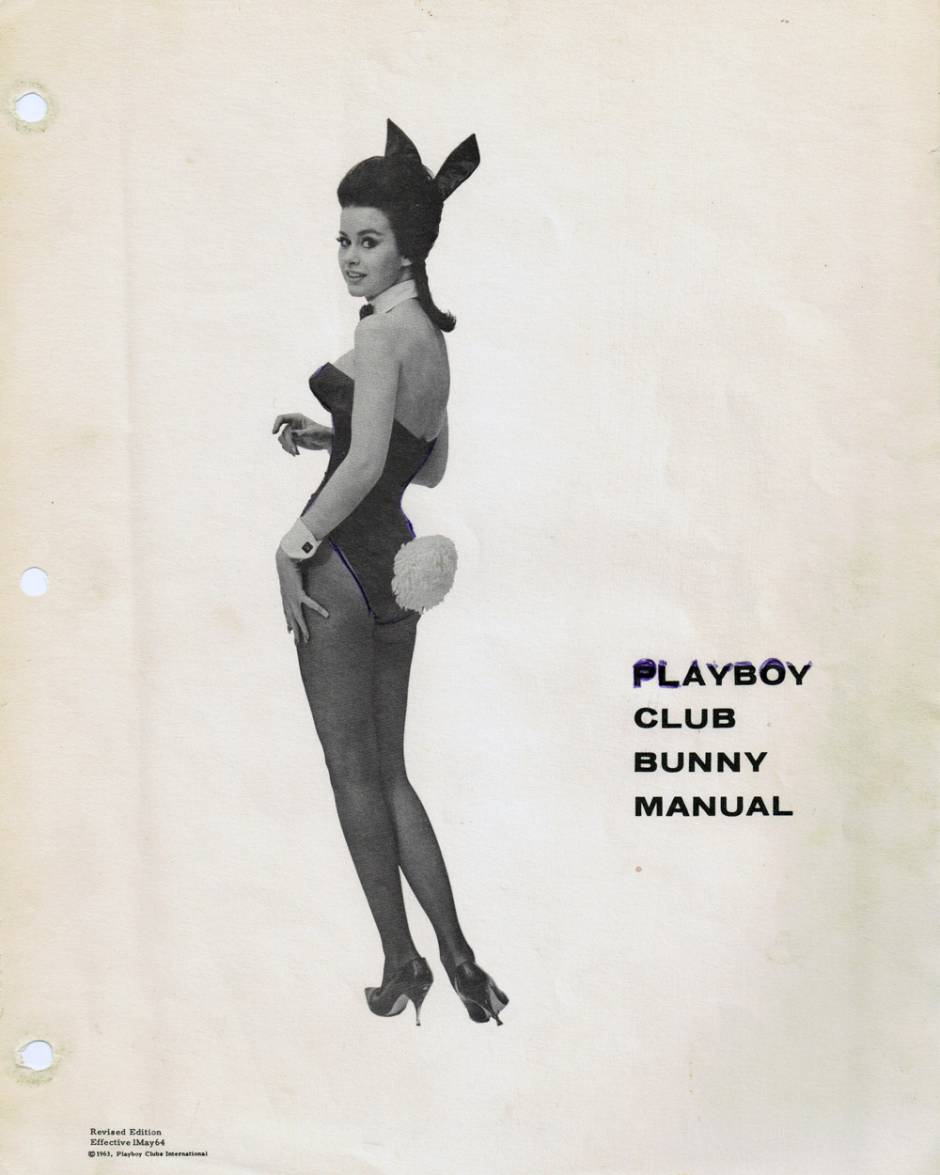 Above: The 1964 Playboy Club Bunny manual cover page —
Above: The 1964 Playboy Club Bunny manual cover page —
Was it really as glamorous and stylish as depicted – or was it simply a more posh waitress position?
It was very glamorous and stylish, but simultaneously it was also a more posh waitress position. My mother was somewhat upset when I first got the job. However, when I explained to her that I really was only a “glorified” waitress she stopped being upset.
On the up side, Playboy was amazingly successful at establishing the glamorous fantasy of the beautiful and intelligent “girl next door” through the words and pictures that appeared in their magazine. Then they adapted those images and physically manifested this fantasy through the Playboy Clubs. The Clubs were the tangible embodiment of this fantasy, but it was mainly a voyeuristic experience, just like the magazine, because the Bunnies were unavailable to the customers, “Look, but don’t touch”.
The clubs provided a classy and exciting experience with great entertainment and good food and drinks served by beautiful women. Playboy Bunnies were a significant part of the glamorous entertainment value of the Playboy Clubs. The sense of glamour started with the selection of women who represented the “Bunny Image”, a combination of beauty, intelligence and poise. Then these women were dressed in the Bunny costumes that are the most flattering costumes I have ever seen. Next they taught us how to put on stage makeup that would show up in the dark atmosphere of the clubs.
The sense of glamour really went into high gear just before the new Baltimore club opened. Playboy held a cocktail party at a hotel to celebrate the happy occasion. The attendees included many VIP’s and employees from the Chicago Playboy Corporate Headquarters, especially Hugh Hefner. Then before the club officially opened to customers, we also had a special charity event for Baltimore VIP’s inside the new Club.
Once the new Baltimore Playboy Club opened, I was working as a Table Bunny in the Penthouse, serving food and beverages. This was the most exciting room in the club. Also know as the Showroom, they had a nightly, live cabaret show that included many up and coming, as well as seasoned comedians and singers.
On the down side of the glamour was the fact that being a Playboy Bunny was very physically demanding and exhausting work. We worked eight hour night shifts and three hour lunches. Switching between day and night shifts was a challenge, because once your body became used to working late night hours, it was difficult to wake up in time to work lunchtime.
The costumes were so tight that we were unable to take a deep breath. It was a big relief at the end of a shift, when we would unzip our costumes and could begin to breathe normal again. There were few amenities for our comfort. The dressing room was small and crowded with clothing lockers, a bathroom, a few chairs and a large mirror to put on make up. There was no furniture to relax on for our break times.
The Playboy Clubs were chauvinistic, as were most other businesses in those days. It was a “man’s world”. Women were not allowed to be key holders. Bunnies were not allowed to date employees, entertainers or members, except for Playboy VIP’s, who were mostly located in Chicago. How ironic, I’m supposed to be a sex symbol, but my social life was very limited because of these rules, and the fact that I worked mostly on weekends. In the 1970’s as the women’s liberation movement began to influence peoples attitudes, the Bunnies began to request a change in the rules, to which Hugh Hefner agreed.
For me, the biggest problem was being on my feet for eight hours in three inch high-heeled shoes. My feet were so painful that I found that I could not work more than two days in a row without excruciating pain. So eventually I reduced my work schedule from five to three days a week. In the end, it was one of the main reasons I had to stop being a Bunny. I’m sure I would have worked longer otherwise.
 Above: The door Bunny —
Above: The door Bunny —
Many women that worked in glamorous positions in the 1960’s were often considered “sex symbols”. What are your thoughts about it and did it ever bother you?
I have ambivalent feelings about being a “sex symbol”. The advantage for me was that in our culture we worship youth, beauty and sexiness. I was influenced by that cultural norm. I appreciated feeling beautiful, sexy and desirable by being considered a “sex symbol”. Men lusted for Marilyn Monroe while women admired her and wanted to be attractive like her. The beautiful Bunnies I saw in Playboy magazine also received some of that kind of attention.
Just before I became a Playboy Bunny, I was a rather Bohemian art school student with very long hair, no make-up, wearing very casual clothes and flat shoes. Next thing I know, as a Bunny, they are teaching me how to put on stage make-up to look as glamorous as possible. It was a big adjustment, but it seemed worth the discomforts at the time.
The disadvantage was that although it was pleasant to feel attractive, I also realized that I had to be careful about whom I was attracting. This concern was based on some interesting advice I received from a young man who was a writer for Playboy Magazine in Chicago. I met him at the cocktail party to celebrate the new Baltimore Playboy Club. He advised me that I should not come to work for Playboy in Chicago. He was concerned that the scene in the Chicago Club and Mansion could be corrupting.
While I was a Bunny, I realized that maybe I was attracting the wrong kind of attention. There are a certain group of men that I call “high rollers”. They have more money and status than the average man, and tend to be more attracted to flashy, glamorous women. I doubted that they could provide me with the monogamous love, stability and loyalty I would expect in a long term relationship.
Also, while I was working as a Bunny, I began to consider my future life options. I realized that youth and beauty are transient qualities, and that being valued mainly for my external beauty was limited and superficial. I craved more intellectual stimulation from my work. I wanted to be appreciated and successful by pursuing a lifetime career that was founded more on my intelligence and less on my appearance.
I was also somewhat conflicted about being “sexy” because when I was a young girl, I was very athletic. My favorite pastimes were roller skating, riding my bicycle and climbing trees. I don’t recall being that excited about getting dressed up in girlie clothes.
Lastly, as I grew older, I became more ambivalent about the pressure on women to be eternally young and sexy, and not age gracefully. Especially, when you realize that we live with a double standard about what is considered sexy for women versus men as they age. Women are held to a higher standard. They feel compelled to compete by having plastic surgery to maintain the illusion of youth and beauty.
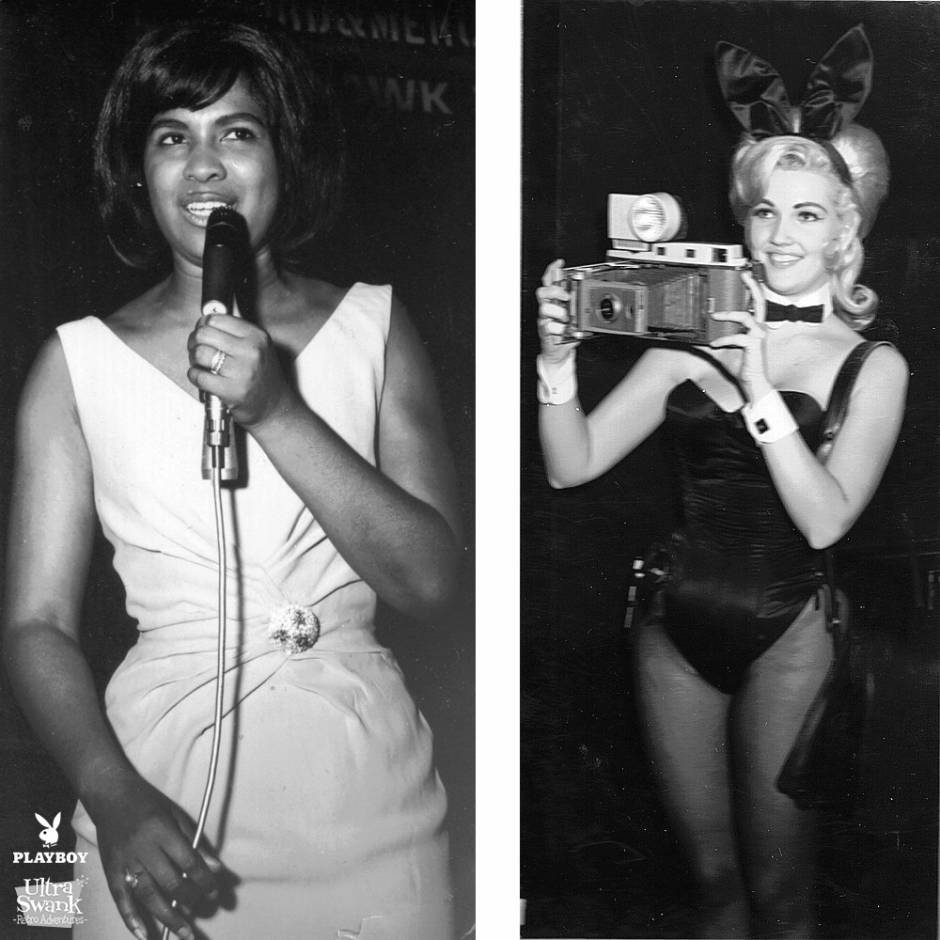 Above: Penthouse Singer and a camera Bunny —
Above: Penthouse Singer and a camera Bunny —
How did a normal working day (if there was one) look like for you?
I worked 3-5 days a week, especially on the weekends. Because I was a Showroom Bunny in the Penthouse, I worked mostly on the night shift from 6:00 pm to 2 am. This turned my life upside down. I was forced to become a night person, waking up in the early afternoon, going to work at 6 pm and getting off work at 2 am. When I would get off work at 2 am, I was all wound up and energized with not much to do. I was living at home with my parents, in a quiet middle-class neighborhood in Northwest Baltimore. In 1964 the three local TV stations stopped showing programs about 12 am and displayed a test pattern.
Fortunately, I had one other option. There was an all night diner called Brice’s Hilltop Diner located very near my home. This is the diner that became famous in Barry Levinson’s movie, “Diner”. All through high school it was a favorite Friday night hang out for me and my girl friends. I knew most of the guys portrayed in the movie. So I would come home, change my clothes and go down to the Brice’s Hilltop Diner to unwind by drinking tea and chatting with the guys. Then I would come home and go to sleep and start over the next day.
I don’t recall doing much of anything in the afternoons before I went to work on the evening shift. I didn’t have my own car so I was borrowing my parent’s car to go to work. Sometimes if I worked a lunch hour, I would go shopping at the nearby downtown Baltimore shopping district. Occasionally, I would go to the beauty parlor. Like I said, kind of hum drum, not what you might expect for a job that was supposed to be glamorous. Now, if I had been working at the Chicago Club, and living in a Bunny Dorm Room at the Hefner Mansion, my work days might have been much more interesting.
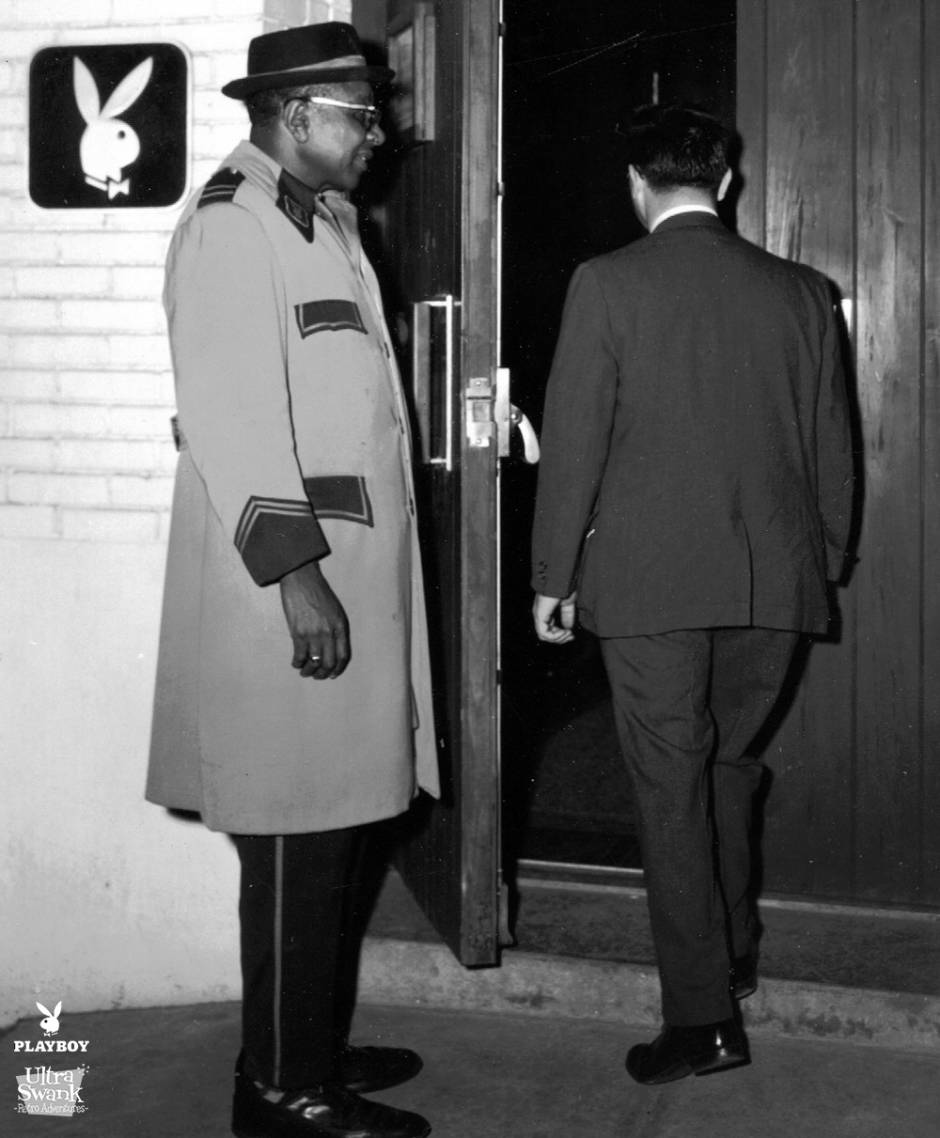 Above: The front doorman —
Above: The front doorman —
Was there any internal competition between the girls working at the club, or did you always look after each other?
No, in general I don’t recall ever feeling competitive with other Bunnies. I’m not really the competitive type. Overall, they were a very nice group of young women to work with, and they did try to support each other as much as possible. Mostly, though we worked independently.
However, there was one exception, a Bunny who was noticeably competitive. She was one of the more experienced Bunnies who had transferred to Baltimore to help open the Baltimore Club. I worked with her in the Penthouse. She was from the Chicago Club, and was a very beautiful Playboy centerfold. She was also dating one of the executives at Playboy Corp., so she was “connected”.
I learned to steer clear of her. I still shudder when I think of her. When she and other Bunnies were ordering drinks at the Penthouse service bar behind the stage area, she would aggressively elbow her way to the front of the line. No one ever challenged her. At the time I didn’t understand her behavior. In retrospect, I suspect that she was used to dealing with much more competition among Bunnies in the Chicago Club.
There were two other possible issues that might have been an area of competition, but I didn’t realize it at the time. First, there were a number of different types of Bunny jobs that included Door Bunny, Gift Shop/Coat Room Bunny, Cigarette Bunny, Camera Bunny, Bumper Pool Bunny and Table Bunny. Each of these Bunnies had a different opportunity to earn more or less money in tips or salary. Since there were no minimum wage laws in 1964, most Bunnies only earned tips. I have no idea what amount of salary the other Bunnies such as the Door Bunny received. I’m fairly sure it was much, much less than Table Bunnies.
After the initial training I was assigned to be a Table Bunny serving beverages and food in the Penthouse. Penthouse Bunnies had the opportunity to earn more money in tips because the audience turned over faster, and we were tipped on the whole bill including cover charges. I can only assume that other Table Bunnies would aspire to become Penthouse Bunnies or other better positions.
Secondly, there was probably competition for work schedules. The night shifts on Saturday and Sunday were more lucrative. The Bunny Mother was mainly in charge of this scheduling. There were also two men who were Club Managers who may have had influence on work schedules. Although it was forbidden for them to date the Bunnies, I eventually heard that they were dating many of the Bunnies who were receiving better work schedules.
Many Bunnies did support each other. Years later, in the age of websites and social networking, some of the computer literate former Bunnies from all over the world, mostly US, have been connecting with each other. The original 25,000 former Bunnies probably range in age from about 45 to 75 years old. There is a very nice, comprehensive website called, Ex Playboy Bunnies, where Former Bunnies can post their pictures and biographies, and exchange messages. Other interested people can also view the info and learn more about the history of the Playboy Clubs and the Bunnies.
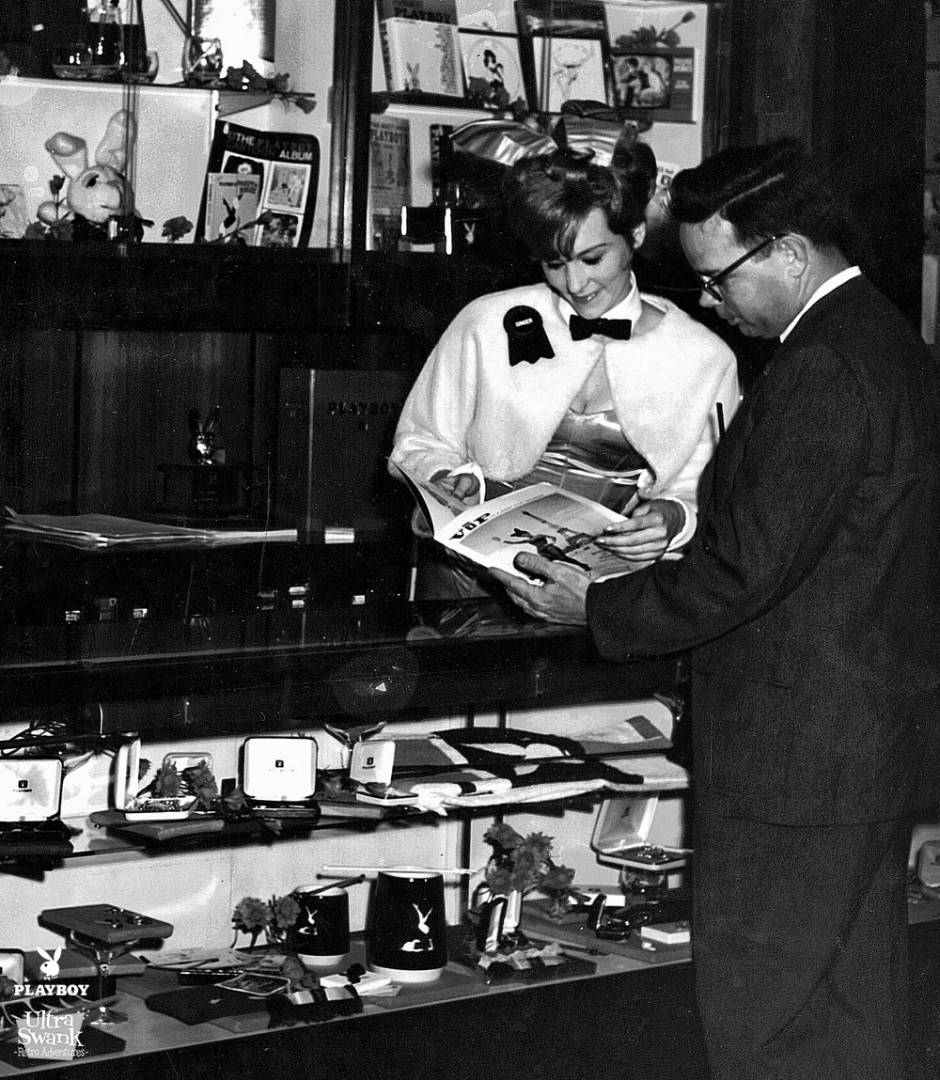 Above: The gift shop Bunny —
Above: The gift shop Bunny —
In a recent episode of Mad Men, Lane Pryce takes his father and Don to the New York Playboy Club. Assuming you’ve seen it, what are your thoughts on their attempt to recreate the look and feel of a Playboy Club in the mid 1960s?
I think they did a credible job of recreating the atmosphere in the New York Playboy Club in the 1960’s. It appeared that they were in a Playmate Bar. In Baltimore, the Playmate Bar had a stand-up bar, tables and chairs and a bumper pool table. It was on the lowest level and did not have live music. However, you could hear the live jazz music from the Living Room located on an open floor directly above the bar. I was never in the New York club, but I have seen pictures from Playboy.
How does that Mad Men scene visually compare to the new NBC show The Playboy Club? Do you feel they went a bit overboard with artistic licence for some details?
Both the Mad Men Playboy Club scene and the NBC TV show have captured the mood of a 1963 Playboy Club fairly well. The difference is that the short scene in Mad Men used only Jazz music to create their ambience which is more correct. Everybody knows Hef likes jazz, as in, “Playboy Jazz Festival”.
The Playboy Club TV show has chosen to use some jazz and add R & B and rock music, probably to make it appealing to more people since less people are fans of jazz music. I don’t recall hearing this type of music in the Baltimore Playboy Club in 1964, much less any group like Ike & Tina Turner. In the Baltimore Playboy Club, there was a back up band for the singers in the Penthouse and a piano and bass in the Living Room playing jazz and pop music. Maybe later in late 1960’s or 1970’s, they were compelled to play rock or disco.
When I saw the promos for the NBC TV show, before the first show aired, I was rather concerned about what the rest of the show would be like. The first show was somewhat disappointing. Usually, the first show is the best they have to offer, so I didn’t think the show was very promising. I’m sure the former Bunnies are the most critical viewers. Personally, I am concerned that the show perpetuates a rather negative stereotype of the Bunnies as silly, vacuous Bimbos. None of the Bunnies I worked with in Baltimore fit that description. Actually, they were intelligent, independent and ambitious.
In the first show, one of the most significant things that seemed incorrect was the Bunny costumes. They were not designed to be good replicas of the 1963 costume and not fitted properly, so they did not look as good as ours. It seemed as if they did that intentionally. With all the photos of the Bunnies out there, and Playboy as a partner, this should have been easy. This is one of the most important things they should have done properly. The costume was the unique signature and essence of a Bunny. However, in the second show it did appear that they were designed to look more like the real Bunny costumes and they looked much better. I thought the second show was better, with more character development.
They definitely used artistic license with some of the details such as Bunnies dancing with customers. In 1963, the Baltimore club did not have a dance floor and customers were not allowed to touch the Bunnies. The Door Bunny stood inside the door, not on the sidewalk. When entering and exiting the building, the Bunnies used an employee entrance. Also, we walked between floors on a rear stairway for employees only. No men came into the dressing room unless he was a repairman.
Above: The door Bunny — Photo courtesy of Holly Royce
Above: The gift shop Bunny — Photo courtesy of Holly Royce
Above: Penthouse Singer and a camera Bunny — Photo courtesy of Holly Royce
Above: Bunny Sharon – Official Playboy Picture — Photo courtesy of Sharon Bernstein Peyton
Above: The 1964 Playboy Club Bunny manual cover page — Photo courtesy of Sharon Bernstein Peyton



